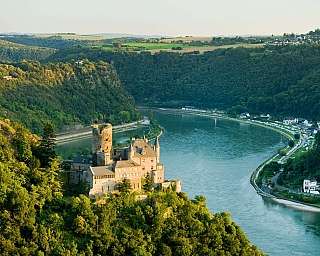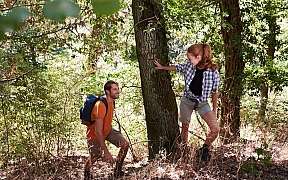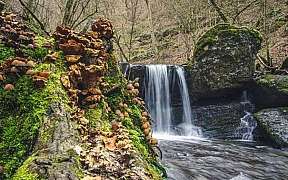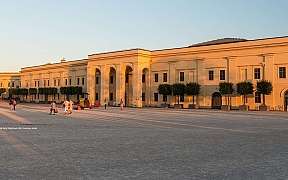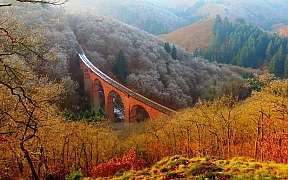Discover
Experience the Middle Rhine Region
The surroundings of the Jakobsberg Nature Resort invite you to unforgettable experiences. Between the Rhine, vineyards, and forests, you will find diverse hiking and cycling trails, impressive viewpoints, and cultural highlights. Whether you are sporty, nature-loving, or culturally interested – the region around the UNESCO World Heritage Middle Rhine Valley has the perfect adventure for everyone.

Hunting on the Jakobsberg
Set in expansive oak mixed forests, the Jakobsberg Nature Resort offers a true paradise for hunters. The area is home to wild boar herds, majestic deer herds, and graceful roe deer leaps. And in the midst of it all rises the resort – a place where nature, tradition, and relaxation come together in a unique way, complemented by exclusive hunting arrangements.
Cycling & Hiking
Around the Jakobsberg Nature Resort, you can enjoy ideal opportunities for hiking and cycling amidst a unique natural landscape.
Sights
In the surroundings, impressive historical buildings and picturesque viewpoints invite unforgettable discoveries.
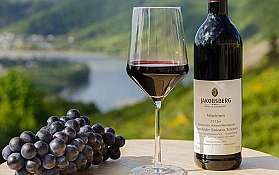
Delight from Nature The Wine Region of Middle Rhine
In addition to their culture, the Romans primarily brought wine to the region. The wine-growing area of Mittelrhein stretches from Bingen to Bonn over a length of 110 km. The picturesque Rhine Valley backdrop requires labor-intensive viticulture on the steep slopes due to the narrow, rugged rock formations. Thanks to the moderate climate, the Rhine Valley enjoys relatively many sunny days with pleasant temperatures. In eleven large vineyards and 111 individual sites, you will find about 85% white grape varieties. The wine production in Mittelrhein is dominated by small, private wineries.
The incomparable beauty of nature, the unique density of castles, the significance of the Rhine as a transport route and a constantly contested border, the tradition of viticulture and shipping have earned the region the designation of UNESCO World Heritage in 2002.
